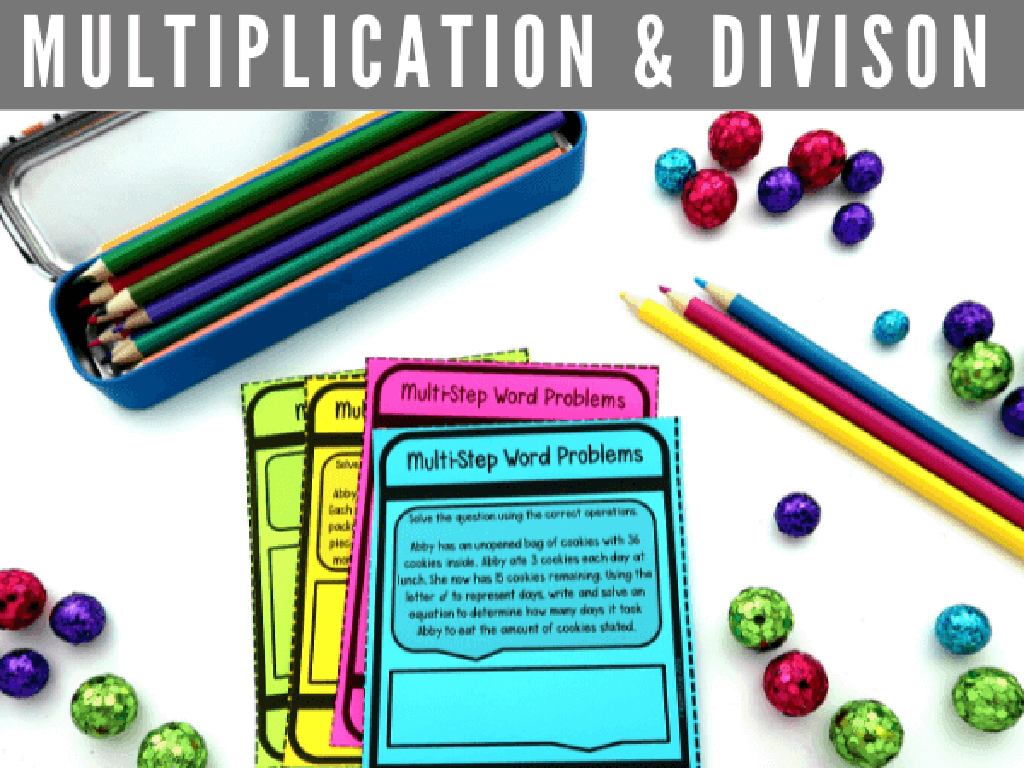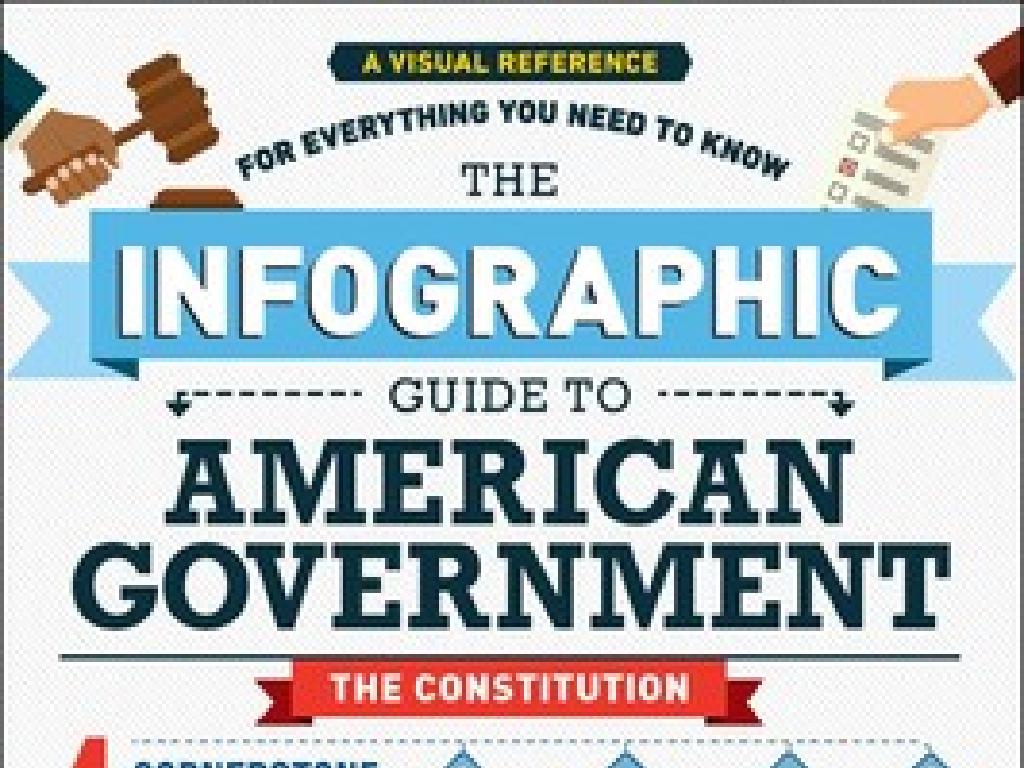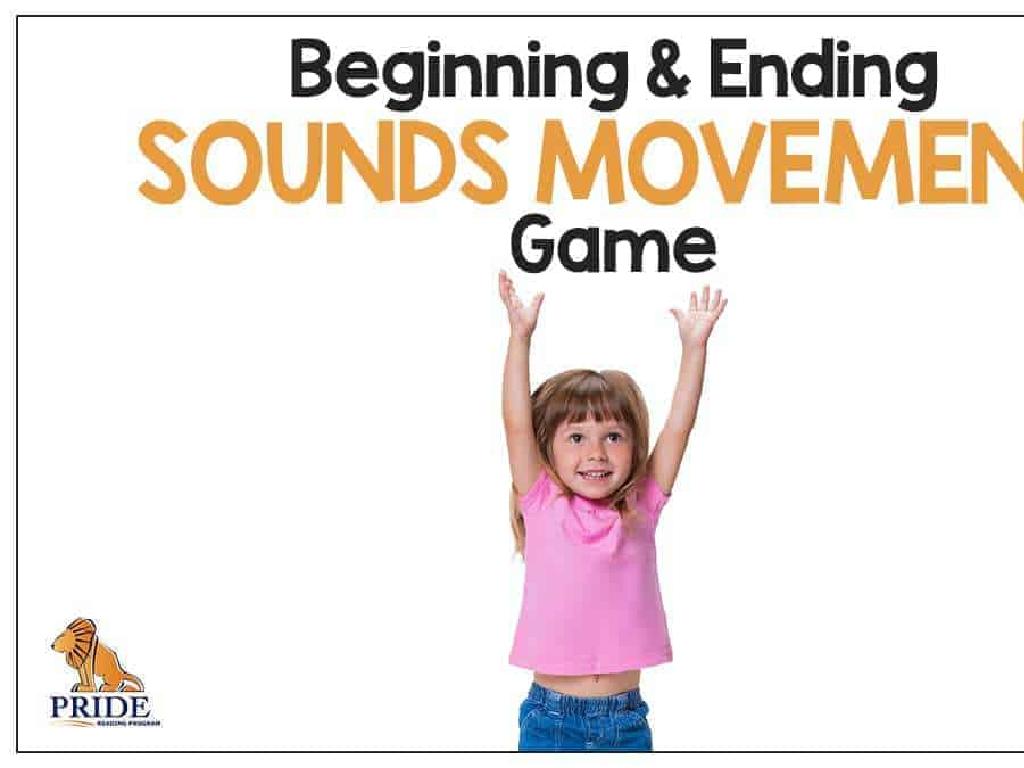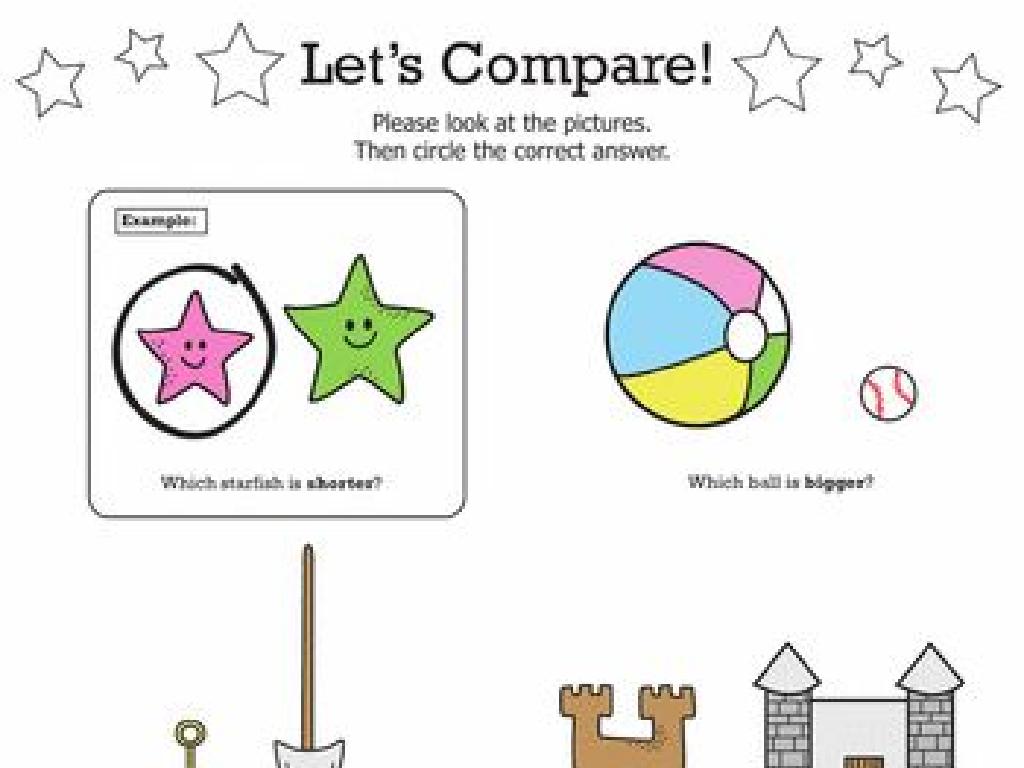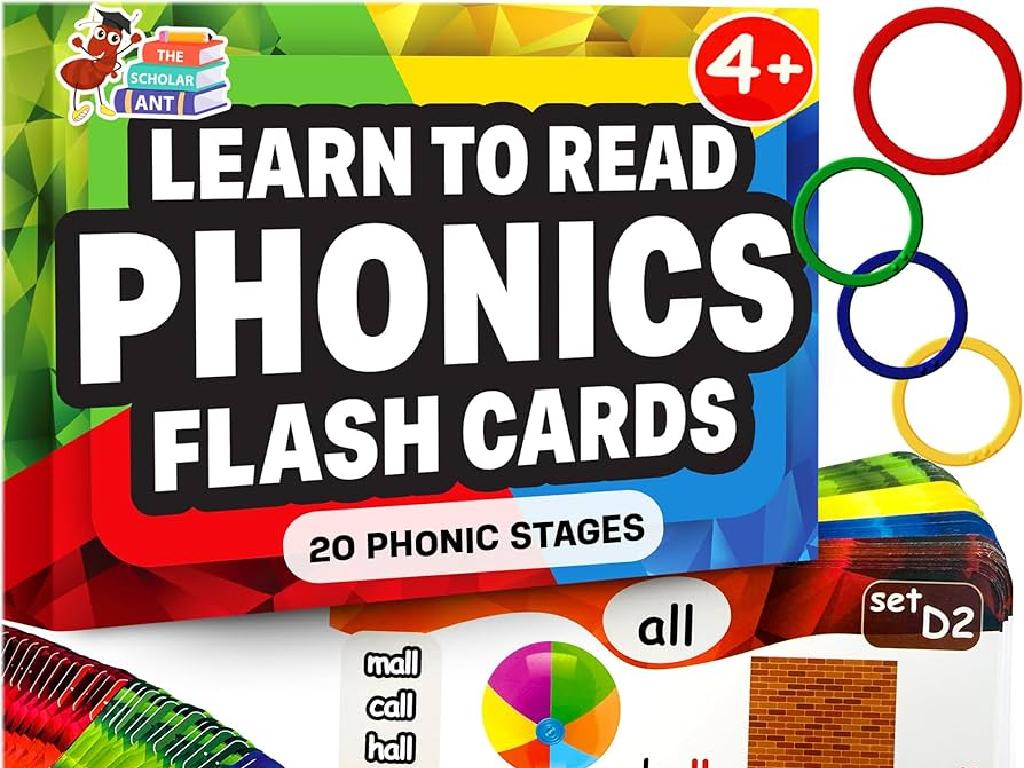Use Adverbs To Compare
Subject: Language arts
Grade: Third grade
Topic: Adjectives And Adverbs
Please LOG IN to download the presentation. Access is available to registered users only.
View More Content
Exploring Adverbs
– What are adverbs?
– Adverbs describe actions and more
– They give more info about how someone does something
– Many adverbs end in -ly
– Words like ‘quickly’, ‘happily’, and ‘easily’ show action details
– Some adverbs don’t end in -ly
– ‘Fast’, ‘well’, and ‘very’ are also adverbs without -ly
|
This slide introduces the concept of adverbs to third-grade students. Begin by explaining that adverbs are words that describe or give more information about verbs, adjectives, or other adverbs. Highlight that while many adverbs end in -ly, there are exceptions. Provide examples of both types of adverbs and use them in simple sentences to illustrate their use. For instance, ‘She ran quickly’ versus ‘She ran fast.’ Encourage students to think of actions and describe them using adverbs, noting how the adverb changes the image or understanding of the action. This will help them grasp the concept of adverbs and how they are used to compare actions or qualities.
Comparing with Adverbs
– Adverbs describe how we do things
– We can compare actions with adverbs
– Like running quickly vs. more quickly
– Use ‘more’ and ‘most’ for comparisons
– ‘More’ for 2 things, ‘most’ for 3+ things
– Examples: fast, faster, fastest
– ‘Quickly’ becomes ‘more quickly’ or ‘most quickly’
|
This slide introduces the concept of using adverbs to compare actions or events. Start by explaining that adverbs modify verbs and can tell us the manner, degree, frequency, or intensity of an action. Then, illustrate how to use adverbs to compare by adding ‘more’ for comparing two actions and ‘most’ for comparing three or more actions. Provide clear examples using the adverb ‘quickly’ to show the progression from ‘quickly’ to ‘more quickly’ to ‘most quickly’. Encourage students to think of other adverbs they can use in comparisons and to practice making sentences with them. This will help solidify their understanding of comparative and superlative forms of adverbs.
Comparing with Adverbs
– Add ‘-er’ to compare two actions
– ‘Quickly’ becomes ‘quicker’ when comparing two
– Use ‘-est’ for more than two
– ‘Quickest’ when comparing three or more actions
– Some adverbs are irregular
– ‘Well’ becomes ‘better’ and ‘best’, not ‘weller’ or ‘wellest’
– Practice makes perfect!
|
This slide introduces students to the concept of comparing actions using adverbs. When comparing two actions, we typically add ‘-er’ to the end of the adverb (e.g., ‘quick’ becomes ‘quicker’). When comparing more than two actions, ‘-est’ is added (e.g., ‘quick’ becomes ‘quickest’). However, it’s important to note that not all adverbs follow this pattern, and some are irregular (e.g., ‘well’ becomes ‘better’ or ‘best’, not ‘weller’ or ‘wellest’). Encourage students to practice by using adverbs in sentences to compare actions of characters in stories or people they know. Provide examples and create exercises where students can identify and use regular and irregular adverbs in comparative and superlative forms.
Irregular Adverbs Comparison
– Some adverbs are irregular
– Examples: good, better, best
– ‘Well’ changes to ‘better’ and then ‘best’
– Examples: badly, worse, worst
– ‘Badly’ changes to ‘worse’ and then ‘worst’
– Let’s review examples together
|
This slide introduces students to irregular adverbs and how they change when comparing actions. Unlike regular adverbs that typically end in ‘-ly’ and use ‘more’ or ‘most’ for comparison, irregular adverbs have unique comparative and superlative forms. For example, ‘good’ becomes ‘better’ when comparing two actions, and ‘best’ when comparing more than two. Similarly, ‘badly’ becomes ‘worse’ and then ‘worst’. During the class, provide additional examples and engage students with sentences they can complete with the correct form of the irregular adverbs. Encourage them to think of other irregular adverbs they know and use them in sentences.
Making Sentences Sparkle with Adverbs
– Adverbs add spice to sentences
– They describe verbs and make stories more fun, like ‘quickly ran’
– Compare with adverbs
– Use adverbs to show who did something ‘faster’ or ‘more happily’
– Activity: Craft sentences with adverbs
– Think of actions like jumping, running, or reading, and describe them with adverbs
|
This slide introduces students to the concept of using adverbs to enhance their sentences and make their writing more interesting. Explain that adverbs are words that modify verbs, adjectives, and other adverbs, often ending in ‘-ly’. They can tell us how, when, where, and to what extent an action is performed. For the activity, encourage students to create their own sentences using adverbs to compare actions, such as ‘She ran faster than her brother’ or ‘He read the book more carefully than his friend’. This will help them understand how adverbs can be used to compare and give them practice in making their writing more descriptive and engaging.
Class Activity: Adverb Charades
– Engage in adverb charades game
– Act out actions for the class
– Guess adverbs used in actions
– Use clues to determine if the adverb describes ‘how much’, ‘how often’, or ‘to what extent’
– Focus on comparative & superlative
– Examples: ‘quieter’ vs. ‘quietest’, ‘more slowly’ vs. ‘most slowly’
|
This interactive class activity is designed to help students understand and practice using adverbs, particularly comparative and superlative forms. Begin by explaining that adverbs modify verbs, adjectives, and other adverbs, often ending in ‘-ly’. For the charades game, students will act out an action without speaking, and their classmates will guess the adverb that describes the action, focusing on how the action is performed. Encourage students to use comparative adverbs when guessing an action that is being done in a greater or lesser degree (e.g., ‘walking more quickly’) and superlative adverbs for actions that are at the highest or lowest degree (e.g., ‘running fastest’). Provide a list of adverbs for students to use during their guesses. After the game, discuss the correct adverbs and why they were appropriate for each action. Possible activities: 1) Mimicking an action done ‘more carefully’ than someone else. 2) Portraying the ‘fastest’ way to complete a task. 3) Acting out an action ‘less enthusiastically’ than a peer. 4) Demonstrating the ‘most loudly’ way to cheer. This will help students grasp the concept of comparing actions using adverbs.
Wrapping Up: Adverbs and Your Homework
– Recap on adverbs usage
– Homework: Craft 10 sentences
– Include adverbs that compare actions
– Use comparative & superlative adverbs
– Examples: ‘faster’ as in ‘She ran faster’, ‘most quietly’ as in ‘He walked most quietly’
– Get ready for an adverbs quiz
|
As we conclude today’s lesson, remind students about the role of adverbs in comparing actions or qualities. For homework, they should write 10 sentences that use comparative adverbs (e.g., faster, slower) and superlative adverbs (e.g., fastest, slowest) to compare actions. This exercise will help reinforce their understanding of adverbs in a practical context. Additionally, prepare them for a quiz during the next class to assess their grasp of adverbs. Offer some examples to get them started and encourage creativity in their sentence formation. The quiz will cover the identification and use of adverbs, ensuring they have a solid understanding of the material.

